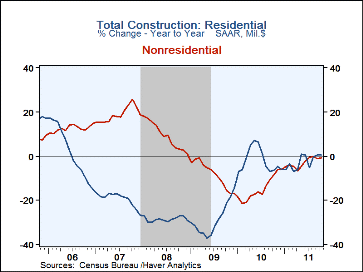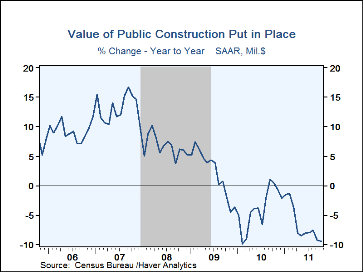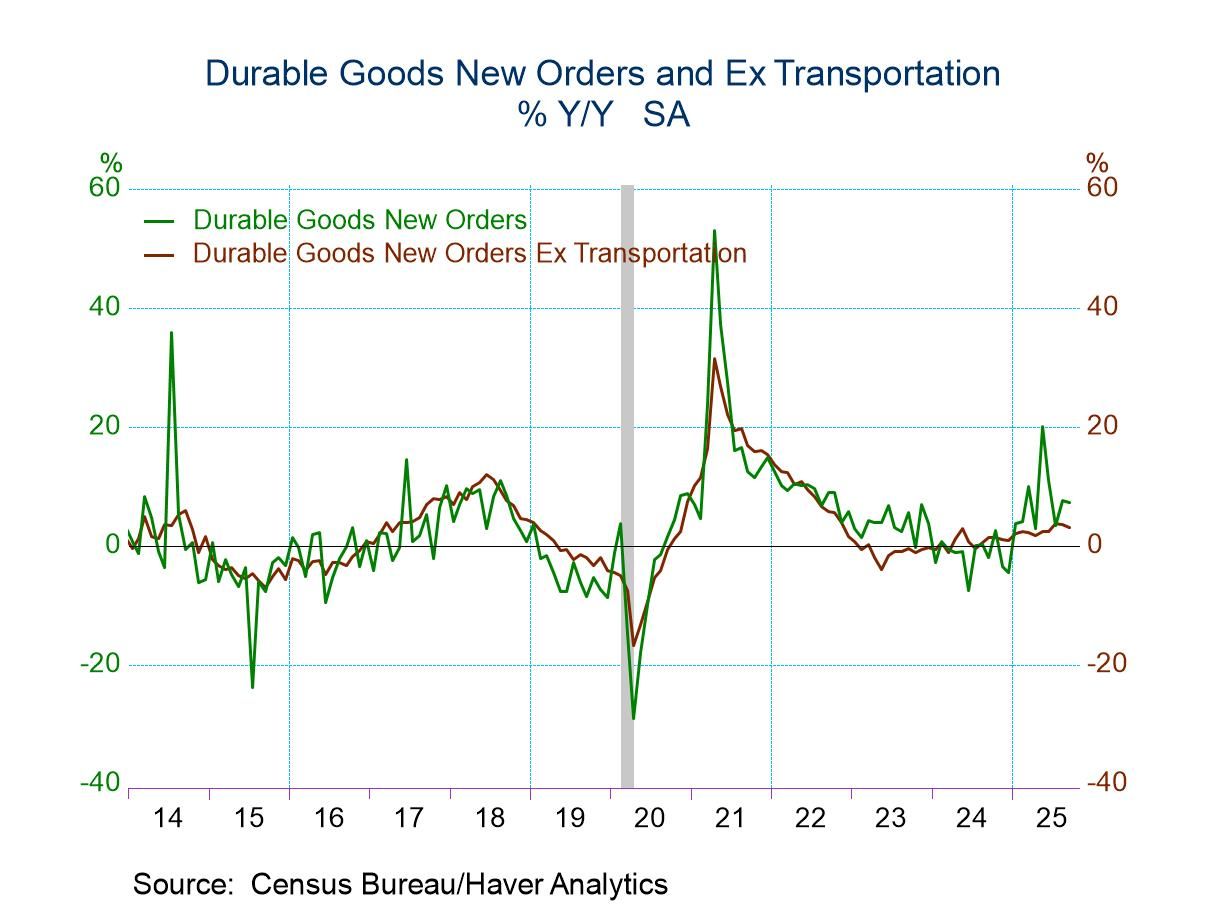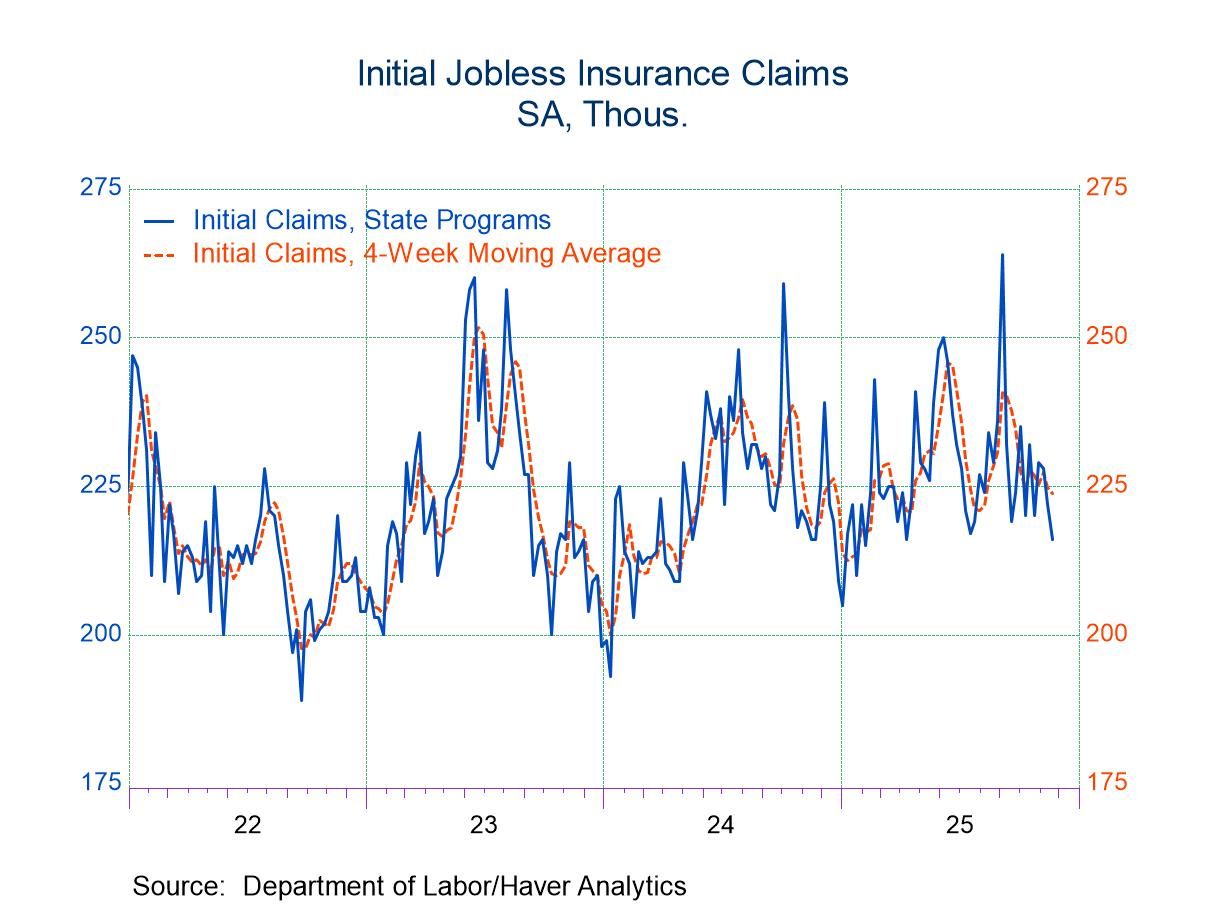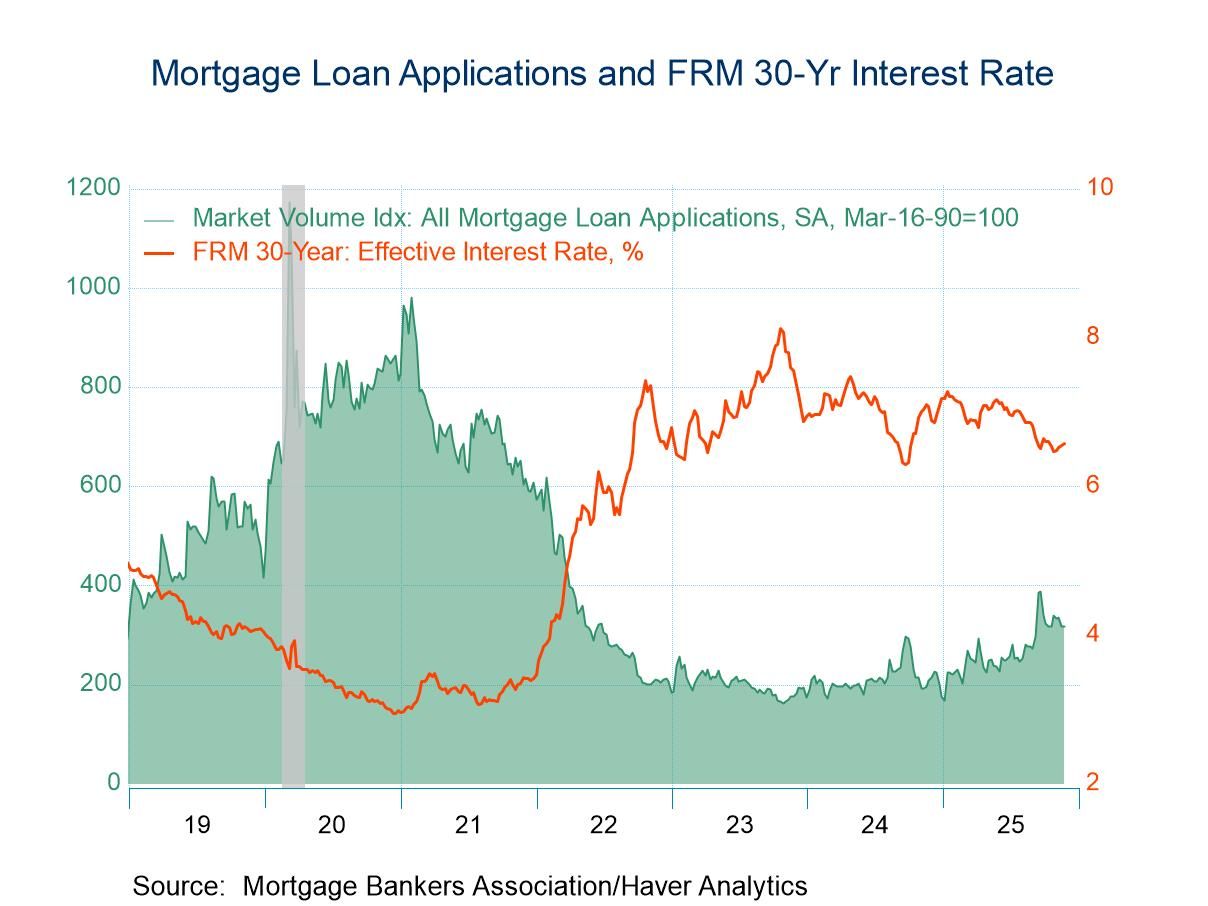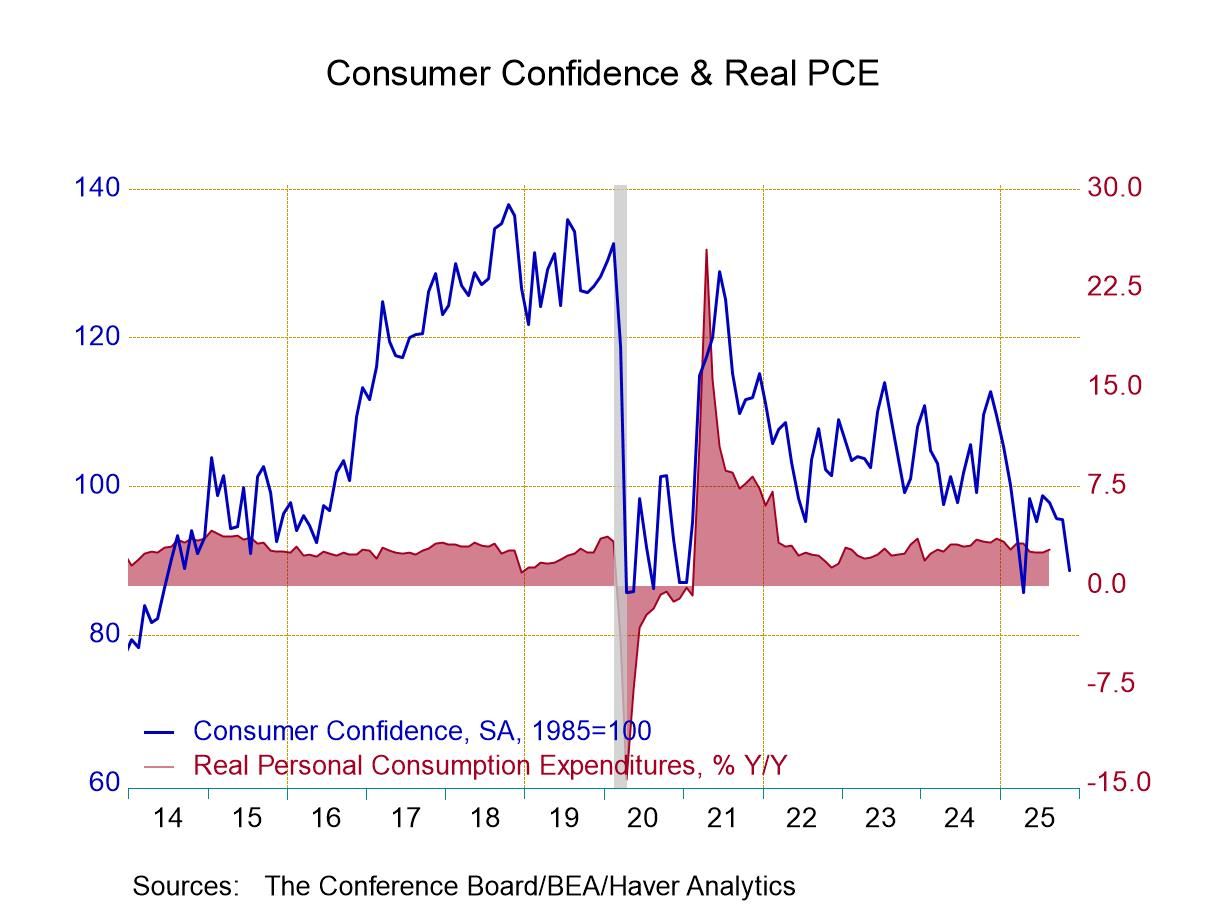 Global| Dec 01 2011
Global| Dec 01 2011U.S. Construction Spending Improves Further
by:Tom Moeller
|in:Economy in Brief
Summary
Construction spending during October rose 0.8%, about as expected, after an unrevised 0.2% September uptick. Private sector spending led last month's gain with a 2.3% jump. Residential building rose 3.4% led by a 6.7% jump (1.7% y/y) [...]
 Construction spending during October rose 0.8%, about as expected,
after an unrevised 0.2% September uptick. Private
sector spending led last month's gain with a 2.3% jump. Residential
building rose 3.4% led by a 6.7% jump (1.7% y/y) in the value of
home-improvements. The value of single-family building rose 0.6% (1.0%
y/y) and multi-family building slipped 0.8% (+6.7% y/y). Nonresidential
building activity rose 1.3% (8.4% y/y) with the y/y strength led by an
18.2% gain in power, a 16.6% increase in amusements & recreation, a
13.9% rise in manufacturing and a 10.8% rise in transportation building.
Health care building fell 3.3% y/y, communication fell 4.7% and office
building inched up just 0.7%.
Construction spending during October rose 0.8%, about as expected,
after an unrevised 0.2% September uptick. Private
sector spending led last month's gain with a 2.3% jump. Residential
building rose 3.4% led by a 6.7% jump (1.7% y/y) in the value of
home-improvements. The value of single-family building rose 0.6% (1.0%
y/y) and multi-family building slipped 0.8% (+6.7% y/y). Nonresidential
building activity rose 1.3% (8.4% y/y) with the y/y strength led by an
18.2% gain in power, a 16.6% increase in amusements & recreation, a
13.9% rise in manufacturing and a 10.8% rise in transportation building.
Health care building fell 3.3% y/y, communication fell 4.7% and office
building inched up just 0.7%.
Public construction activity fell 1.8% (-9.4% y/y) after its 0.3% September uptick. The y/y decline was led by commercial (-12.9%), health care (-10.5%), transportation (-2.6%) and highways & streets (-0.4%) building.
The construction put-in-place figures are available in Haver's USECON database. The expectations figure is contained in Haver's AS1REPNA database.
| Construction Put in Place (%) | Oct | Sep | Aug | Y/Y | 2010 | 2009 | 2008 |
|---|---|---|---|---|---|---|---|
| Total | 0.8 | 0.2 | 2.2 | -0.4 | -11.3 | -15.3 | -7.5 |
| Private | 2.3 | 0.2 | 2.0 | 5.2 | -15.2 | -22.4 | -12.2 |
| Residential | 3.4 | 0.6 | 2.1 | 1.7 | -2.9 | -29.9 | -29.0 |
| Nonresidential | 1.3 | -0.1 | 2.0 | 8.4 | -24.0 | -16.0 | 10.5 |
| Public | -1.8 | 0.3 | 2.5 | -9.4 | -3.9 | 2.1 | 6.6 |
Tom Moeller
AuthorMore in Author Profile »Prior to joining Haver Analytics in 2000, Mr. Moeller worked as the Economist at Chancellor Capital Management from 1985 to 1999. There, he developed comprehensive economic forecasts and interpreted economic data for equity and fixed income portfolio managers. Also at Chancellor, Mr. Moeller worked as an equity analyst and was responsible for researching and rating companies in the economically sensitive automobile and housing industries for investment in Chancellor’s equity portfolio. Prior to joining Chancellor, Mr. Moeller was an Economist at Citibank from 1979 to 1984. He also analyzed pricing behavior in the metals industry for the Council on Wage and Price Stability in Washington, D.C. In 1999, Mr. Moeller received the award for most accurate forecast from the Forecasters' Club of New York. From 1990 to 1992 he was President of the New York Association for Business Economists. Mr. Moeller earned an M.B.A. in Finance from Fordham University, where he graduated in 1987. He holds a Bachelor of Arts in Economics from George Washington University.


